- Follow Us
Use the up and down arrows to select a result. Press enter to go to the selected search result. Touch device users can use touch and swipe gestures.
274 Total Publications
Publication Details

Wiley: Advanced Science
Doxorubicin (DOX) is an effective anticancer agent, but its clinical utility is constrained by dose-dependent cardiotoxicity, partly due to cardiomyocyte ferroptosis. However, the progress of developing cardioprotective medications to counteract ferroptosis has encountered obstacles. Protosappanin A (PrA), an anti-inflammatory compound derived from hematoxylin, shows potential against DOX-induced cardiomyopathy (DIC). Here, it is reported that PrA alleviates myocardial damage and dysfunction by reducing DOX-induced ferroptosis and maintaining mitochondrial homeostasis.

Frontiers in Immunology
The majority of studies on oxidative phosphorylation in immune cells have been performed in mouse models, necessitating human translation. To understand the impact of oxidative phosphorylation (OXPHOS) deficiency on human immunity, we studied children with primary mitochondrial disease (MtD).
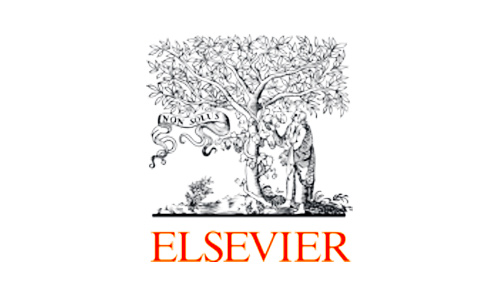
Elsevier: Acta Pharmaceutica Sinica B
Sepsis progression is significantly associated with the disruption of gut eubiosis. However, the modulatory mechanisms of gut microbiota operating during sepsis are still unclear. Herein, we investigated how gut commensals impact sepsis development in a pre-clinical model. Cecal ligation and puncture (CLP) surgery was used to establish polymicrobial sepsis in mice. Mice depleted of gut microbiota by an antibiotic cocktail (ABX) exhibited a significantly higher level of mortality than controls. As determined by metabolomics analysis, ABX treatment has depleted many metabolites, and subsequent supplementation with l-rhamnose (rhamnose, Rha), a bacterial carbohydrate metabolite, exerted profound immunomodulatory properties with a significant enhancement in macrophage phagocytosis, which in turn improved organ damage and mortality.
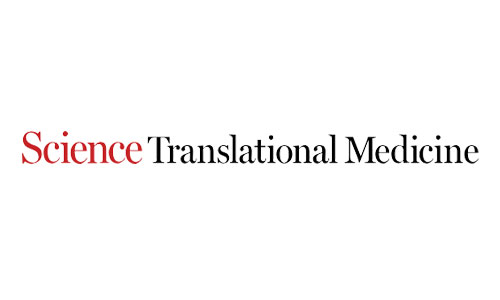
Science: Translational Medicine
Vitamin B12 is critical for hematopoiesis and myelination. Deficiency can cause neurologic deficits including loss of coordination and cognitive decline. However, diagnosis relies on measurement of vitamin B12 in the blood, which may not accurately reflect the concentration in the brain. Using programmable phage display, we identified an autoantibody targeting the transcobalamin receptor (CD320) in a patient with progressive tremor, ataxia, and scanning speech. Anti-CD320 impaired cellular uptake of cobalamin (B12) in vitro by depleting its target from the cell surface. Despite a normal serum concentration, B12 was nearly undetectable in her cerebrospinal fluid (CSF). Immunosuppressive treatment and high-dose systemic B12 supplementation were associated with increased B12 in the CSF and clinical improvement.

medRxiv
Acute SARS-CoV-2 infection triggers the generation of diverse and functional autoantibodies (AABs), even after mild cases. Persistently elevated autoantibodies have been found in some individuals with long COVID (LC). Using a >21,000 human protein array, we identified diverse AAB targets in LC patients that correlated with their symptoms. Elevated AABs to proteins in the nervous system were found in LC patients with neurocognitive and neurological symptoms. Purified Immunoglobulin G (IgG) samples from these individuals reacted with human pons tissue and were cross-reactive with mouse sciatic nerves, spinal cord, and meninges. Antibody reactivity to sciatic nerves and meninges correlated with patient-reported headache and disorientation. Passive transfer of IgG from patients to mice led to increased sensitivity and pain, mirroring patient-reported symptoms. Similarly, mice injected with IgG showed loss of balance and coordination, reflecting donor-reported dizziness.
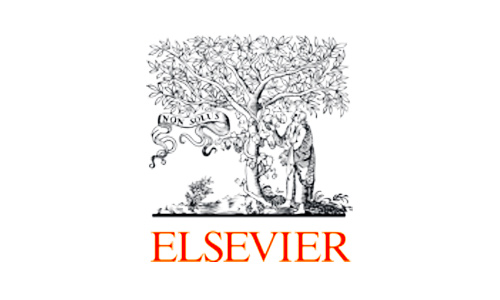
Elsevier: International Immunopharmacology
Vitamin K3 (VK3), a fat-soluble synthetic analog of the vitamin K family, has coagulant, anti-inflammatory, antibacterial, and anticancer properties. Pseudo allergy is a IgE-independent immune response associated with mast cells. This study investigated the role of VK3 in IgE-independent mast cell activation.
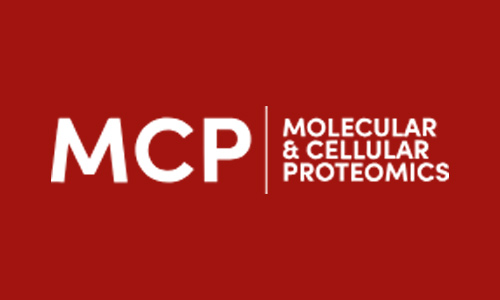
Molecular & Cellular Proteomics
High myopia is a leading cause of blindness worldwide, among which pathologic myopia, characterized by typical myopic macular degeneration, is the most detrimental. However, its pathogenesis remains largely unknown. Here, using a HuProt array, we first initiated a serological autoantibody profiling of high myopia and identified 18 potential autoantibodies, of which anti-LIMS1 autoantibody was validated by a customized focused microarray. Further subgroup analysis revealed its actual relevance to pathologic myopia, rather than simple high myopia without myopic macular degeneration.
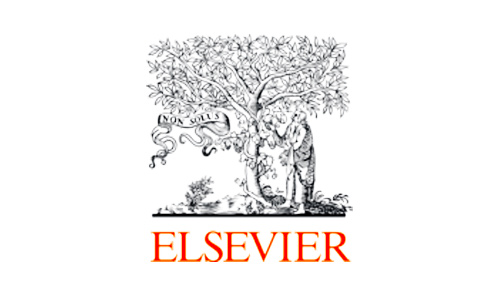
Elsevier: Microbes and Infection
Little knowledge of antigen existence in the pulmonary tuberculosis (PTB) patient serum impeded its development in antigen detection technology, despite its considerable potential.

Wiley: Immunology
Retinopathy of prematurity (ROP) is a retinal disease-causing retinal neovascularization that can lead to blindness. Oxygen-induced retinopathy (OIR) is a widely used ROP animal model. Icariin (ICA) has anti-oxidative and anti-inflammation properties; however, whether ICA has a regulatory effect on OIR remains unclear. In this study, ICA alleviated pathological neovascularization, microglial activation and blood–retina barrier (BRB) damage in vivo. Further results indicated that endothelial cell tube formation, migration and proliferation were restored by ICA treatment in vitro. Proteomic microarrays and molecular mimicry revealed that ICA can directly bind to hexokinase 2 (HK2) and decrease HK2 protein expression in vivo and in vitro.

Food & Function
Growing research has highlighted that the consumption of dairy products improves the metabolic health in obese individuals by functioning as regulatory modulators. However, the molecular basis of this effect remains largely unknown. Herein, we report a dairy-derived peptide, which we named Miltin, that activates the thermogenesis of brown adipocytes and increases white adipocyte browning. Previously, Miltin was merely identified for its antioxidant capacity, although it is commonly present in different dairy products. In this study, we revealed the effect of Miltin in modulating adipose thermogenesis and further explored its potential in treating obesity through in vivo and in vitro strategies.